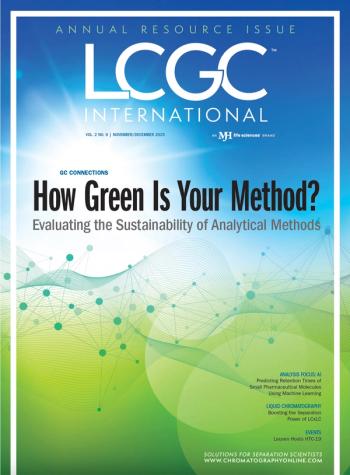
LCGC Europe eNews
- LCGC Europe eNews-02-20-2009
- Volume 0
- Issue 0
Biological mass spectrometry facility opens
Agilent Technologies and the National University of Ireland (NUI), Galway, announced the opening of a biological mass spectrometry facility on the NUI Galway campus. The facility features Agilent?s latest quadrupole time-of-flight (Q?TOF) and triple quadrupole (QQQ) mass spectrometer platforms.
Agilent Technologies and the National University of Ireland (NUI), Galway, announced the opening of a biological mass spectrometry facility on the NUI Galway campus. The facility features Agilent’s latest quadrupole time-of-flight (Q–TOF) and triple quadrupole (QQQ) mass spectrometer platforms.
Research at the facility will focus on functional genomics, proteomics, lipidomics and metabolomics. As part of the collaboration the university will provide applications notes and data for key applications using the Q–TOF and QQQ platforms. The facility will also be used to showcase instruments and run samples for demonstration purposes.
“NUI Galway has some of the top primary investigators in Europe,” said Gustavo Salem, general manager for Agilent’s LC–MS business. “We look forward to working closely with the them to further their breakthrough research in the fields of metabolomics and proteomics.”
The collaboration is a result of the company’s Academia Programme, which the company says facilitates collaborations with universities around the world and assists them with teaching, materials and creating research partnerships.
Further information about NUI Galway is available from the university’s website:
Agilent can be found on-line at:
Articles in this issue
almost 17 years ago
Millipore acquires GuavaNewsletter
Join the global community of analytical scientists who trust LCGC for insights on the latest techniques, trends, and expert solutions in chromatography.



